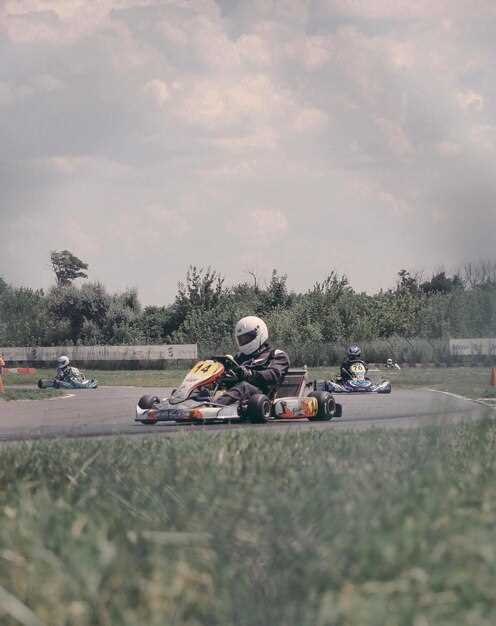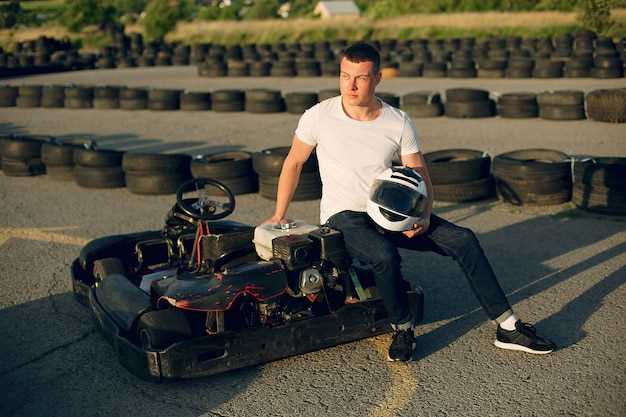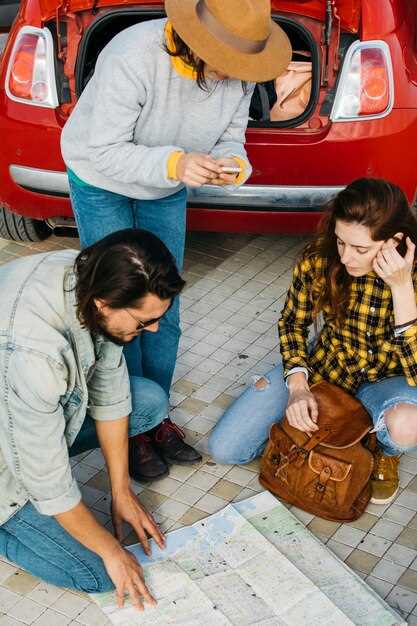
The world of drag racing is not just about speed and powerful engines; it is a vibrant community that thrives on shared passion and culture. This unique spirit binds together racers, mechanics, fans, and families who gather at tracks across the globe, transcending geographic and social boundaries. In this realm, the thrill of competition is paralleled by an unwavering camaraderie that defines what it means to be part of the drag racing culture.
At its core, the brotherhood of drag racing is built on mutual respect and support, where participants uplift one another regardless of their backgrounds. This collective identity fosters relationships that extend beyond race day, creating a network of friendships forged in the pursuit of speed and adrenaline. The sense of belonging within this community is palpable, with every event serving as a celebration of not only individual talent but also the shared love for the sport.
Moreover, the culture of drag racing emphasizes inclusivity and diversity, allowing people from all walks of life to find their place within it. Whether it’s through the exchange of technical knowledge or the shared excitement of a close race, the bonds formed in this environment are deep and enduring. In an era where communities often fracture, drag racing stands as a testament to the power of shared interests in cultivating a unified and supportive culture.
Exploring the Unwritten Rules of Drag Racing Etiquette

The culture of drag racing thrives on camaraderie and mutual respect within its vibrant community. This unique environment fosters unwritten rules that govern behavior at the track. Understanding these guidelines is crucial for both novice and experienced racers seeking acceptance and success.
One fundamental aspect of drag racing etiquette is the importance of respecting fellow competitors. This includes acknowledging the skill and effort of all participants, regardless of their vehicle’s performance. A simple nod or wave after a race can signify sportsmanship, reinforcing the bonds of the community.
Another key rule involves the pit area conduct. It’s essential to maintain a clean and organized workspace. Keeping tools and equipment neatly stowed not only enhances safety but also promotes a sense of order which contributes to the overall atmosphere of the event. Additionally, this respect extends to assisting fellow racers in need, whether it’s lending a tool or offering advice on tuning.
Communication is also vital in drag racing. Clear verbal and non-verbal signals minimize misunderstandings during preparation and staging. Engaging in discussions about strategies or sharing insights enhances the communal experience and fosters learning, ensuring that knowledge circulates among all participants.
Moreover, observing the schedule and following track rules is paramount for everyone involved. Timeliness in arrival, registration, and staging helps maintain order and efficiency, allowing the event to proceed smoothly for all. Respecting the time of others reinforces the bonds within the community and highlights individual accountability.
Ultimately, adhering to the unwritten rules of drag racing etiquette enhances the culture of respect and support, enabling a thriving environment. By prioritizing these principles, racers contribute to a positive atmosphere that celebrates both competition and camaraderie, ensuring the spirit of drag racing continues to flourish.
The Role of Social Media in Connecting the Drag Racing Community
Social media has fundamentally transformed how the drag racing community interacts and shares its passion for racing. Platforms such as Facebook, Instagram, and YouTube serve as vital hubs for enthusiasts to connect, showcasing builds, races, and events. These platforms enable racers to share real-time updates, photos, and videos, creating a visual link that transcends geographical barriers.
Furthermore, social media fosters a sense of belonging among members of the drag racing community. Online groups and pages allow fans and racers to engage in discussions, seek advice, and celebrate victories together. This communal spirit helps to unite individuals who might otherwise feel isolated in their passion for racing.
Additionally, social media serves as an essential tool for promoting events and gatherings. Tracks and organizations utilize these platforms to announce race days, share schedules, and attract spectators. This level of engagement not only boosts attendance but also builds excitement, reinforcing the community’s shared love for the sport.
Moreover, social media provides a platform for education and knowledge sharing. Experienced racers often share tips and tricks, helping newcomers develop their skills. This exchange of information enhances the overall quality of racing within the community, encouraging growth and innovation.
In conclusion, social media plays a crucial role in connecting the drag racing community. It fosters relationships, promotes events, and facilitates valuable exchanges of knowledge, ensuring that the spirit of racing continues to thrive.
How Local Events Foster Relationships Among Drag Racing Enthusiasts

Local drag racing events serve as a vital cornerstone of the racing culture, where enthusiasts come together to share their passion for speed and performance. These gatherings create an environment conducive to building lasting friendships and connections among participants and spectators alike.
At these events, the atmosphere is charged with excitement, bringing together individuals from various backgrounds who share a common love for racing. The thrill of competition is intensified by a sense of camaraderie, as attendees cheer for their favorite racers and celebrate their achievements. This collective enthusiasm fosters a strong community spirit, encouraging interaction and dialogue among fans, drivers, and crews.
Moreover, local events often feature activities such as car shows, workshops, and meet-and-greets, which allow enthusiasts to showcase their vehicles and share knowledge. These opportunities for engagement help deepen relationships, as participants exchange tips on car modifications and racing techniques. The informal nature of these interactions enhances personal connections, transforming acquaintances into lifelong friends.
The local drag racing scene also cultivates loyalty to regional venues and clubs, further solidifying community ties. Regular attendance at events fosters familiarity, creating a supportive network where racers can rely on each other for assistance, whether in preparing for races or navigating challenges faced within the sport. This interconnectedness reinforces the ethos of brotherhood that defines drag racing culture.
Ultimately, local drag racing events are more than just competitions; they are gatherings that nurture relationships and cultivate a vibrant community. Through shared experiences and mutual support, enthusiasts not only enhance their racing skills but also build a strong sense of belonging that extends beyond the track.



